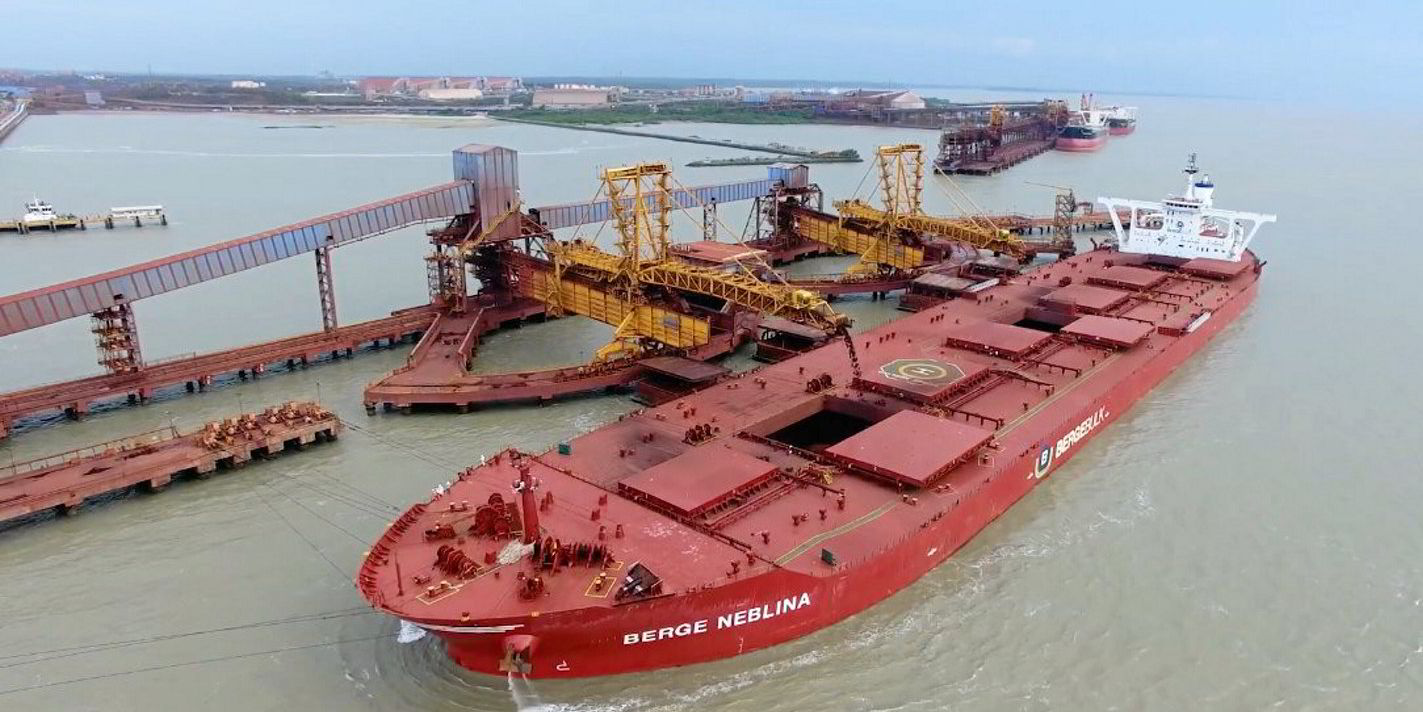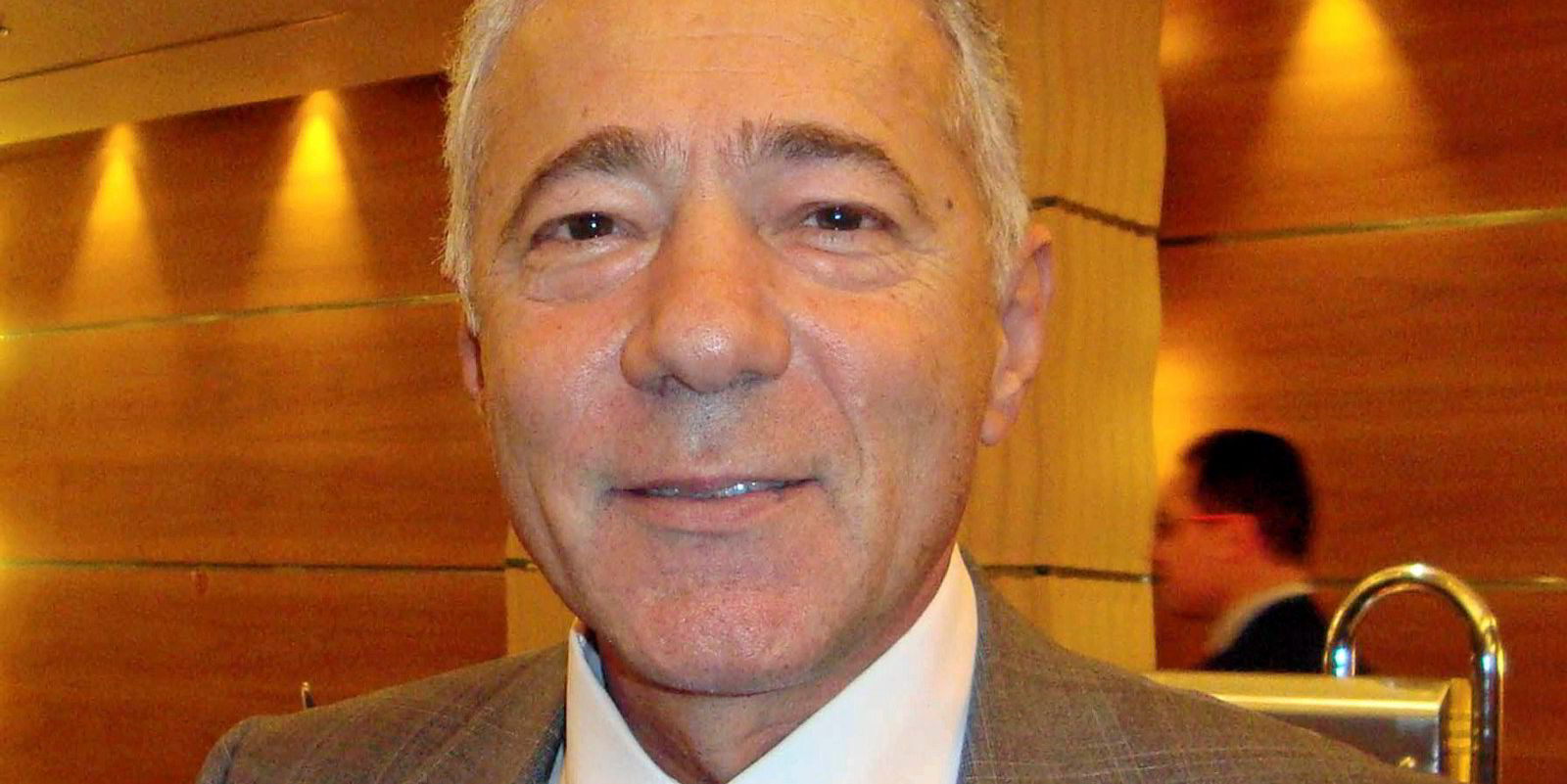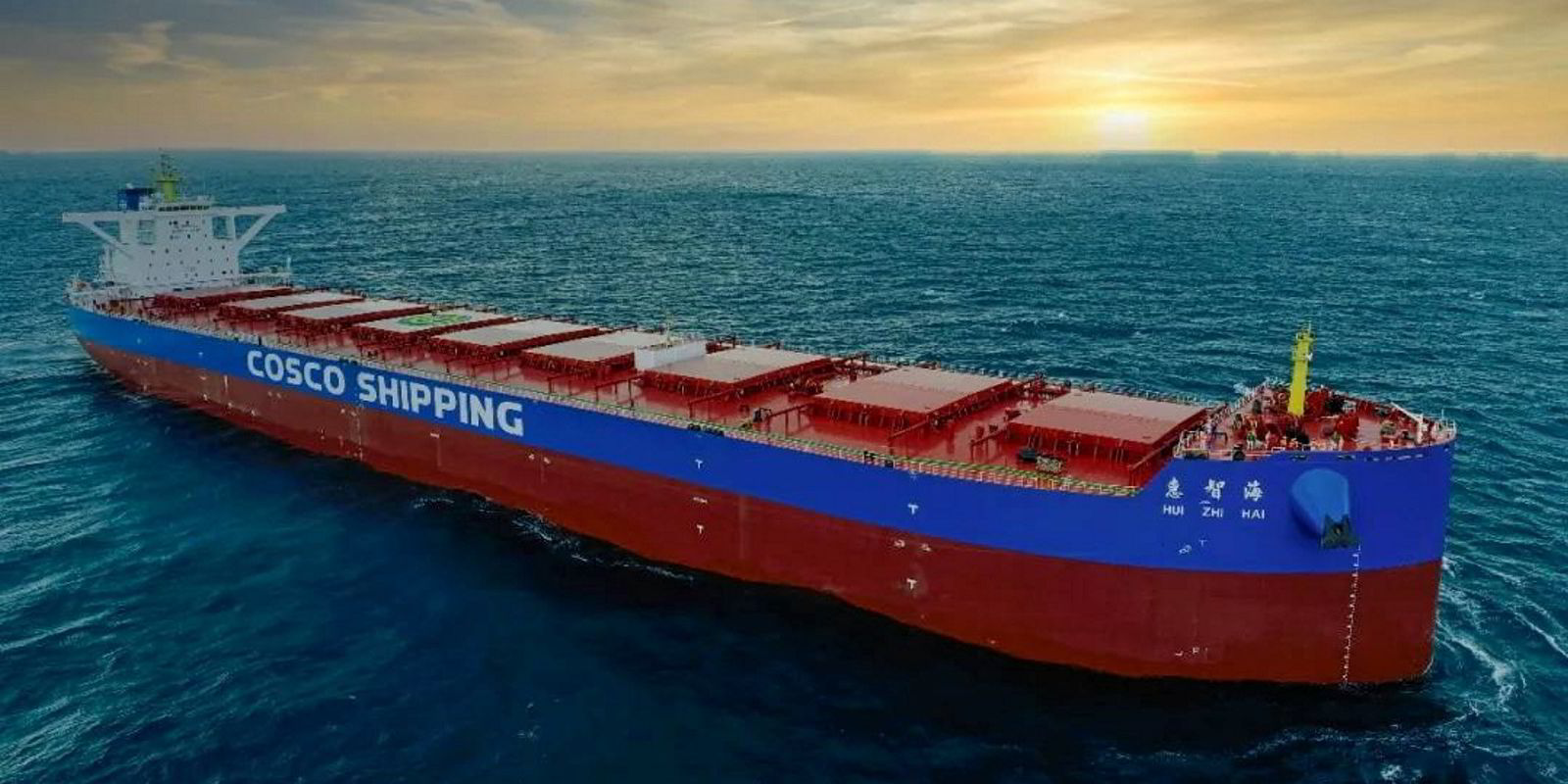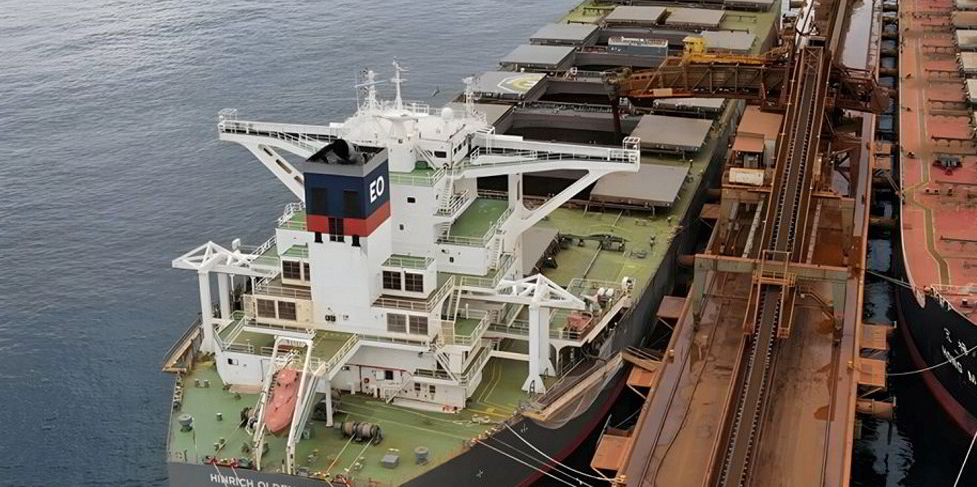Vale delivered a rare beat of its iron ore production estimates for 2023 with a strong finish to the year.
The Brazilian miner accounts for roughly 20% of all iron ore carried by sea, making its performance an important barometer for owners of larger bulk carriers.
Vale produced 321.2m tonnes in 2023, some way above its 315m-tonne guidance and 4.3% higher than the previous year.
It attributed the boost to continued initiatives to improve the reliability of its assets at its S11D project in Serra dos Carajas, northern Brazil, the world’s largest iron ore mine.
Its Itabira and Vargem Grande complexes also achieved “solid performance” last year, and the miner made more purchases of iron ore from third parties.
The volume of iron ore shipped last year fell 1.5% to 256.8m tonnes. The shortfall between output and shipments came as the company rebalanced its inventories.
“We stockpiled more than in the previous two years as part of our sales strategy,” Vale told Reuters.
The miner expects to produce between 310m tonnes and 320m tonnes in 2024.
But Vale does not have the best record for issuing attainable production guidance: it missed its guidance by as much as 12m tonnes in 2022.
It lowered the ceiling for its 2021 production outlook by 15m tonnes in late 2021 and its full-year total — 315.5m tonnes — fell just above its lower estimate of 315m tonnes.
Production fell well short of estimates by around 10m tonnes in 2020 and by 5m tonnes in 2019.
Over the past few years, Vale has been spending billions on projects to “stabilise” its operations to improve safety — especially in the wake of the 2019 Brumadinho dam collapse — and address operational challenges and logistical constraints.
It has been steadily ramping up its production capacity, as well as its purchases of iron ore from other producers.
It is hoped that these projects will increase production to 340m tonnes to 360m tonnes by 2026.
Final quarter
Vale’s 2023 production result was aided by a particularly strong fourth quarter, in which iron ore output rose 11% year on year to 89.4m tonnes.
And during December, the miner hit its highest monthly output since 2018.
It said the quarterly rise in iron ore and pellet production and sales in the final three months of 2023 was driven by higher production and inventory sales, “taking advantage of favorable market conditions”.
The price of iron ore fines rose quarter on quarter, but pellet prices remained flat.
Total seaborne iron ore trade totalled 1.53bn tonnes during 2023, flat year on year, according to Clarksons Research, which expects this year’s figure to remain unchanged.
Just over half of all seaborne iron ore was carried on large capesize and newcastlemax bulkers of between 180,000 dwt and 250,000 dwt last year, according to voyage data from bulker tracking platform Oceanbolt.
Conventionally sized capesizes of between 140,000 dwt and 180,000 dwt accounted for 27% of seaborne iron ore voyages, while 13% of voyages were made by VLOCs of more than 250,000 dwt.
Babycape shipments were comparatively rare, accounting for just 5% of voyages.
Capesize earnings usually correlate with changes in exports from the Big Four iron ore producers: Australia, Brazil, South Africa and Canada.
Capesize rates have been falling in the past week. Spot earnings are now around $15,100 per day.






